What Is Photography?
Nothing less than art- Photography is the mechanism of catching the light through a film or modern-day digital sensors with a camera. It has become synonymous with the word because of its multi-functional usage and purposes in communication and documentation. We cannot think of a day when we do not see a photo now. Let’s get deep dive into photography history. Check out Most Popular Our Photography Post-Production Service.
However, photography was not regarded as an art form overnight. It has to prove its art value of it thanks to the famous photographers and their artistic capture. It is now a wonderful combination of art and technology. Photography is so powerful that it can effectively influence any business, campaign, education, and literally everything! Modern technology has enriched it to the extent that a camera can capture an image that goes beyond the capacity of any human eye.
Photography Meaning in Greek?
The word Photography came from the two Greek words. ‘Photo’ in Greek means ‘light’ and ‘graphé’ means a presentation of lines or drawing. So, we can come to the conclusion that Photography in Greek means the representation of lines or drawing through light, or simply drawing with light.
When Was Photography Invented?
The invention of photography has its root in the 4th century BCE. The Chinese philosopher Mozi recorded a process called ‘camera obscura’ in his writings. The Camera obscura means a dark room with some small holes. The holes are used to project an image on the opposite wall.
Earlier, this technique was commonly used in the study of astronomy and optics to save the eye from the damaging effect of the sun. Later in the 16th century, the camera obscura method was developed further and the invention of portable box-type camera obscura happened. It is the base of our modern-day advanced camera.
However, in the case of the history of photography, there is no record of practicing anything like photography before the 1700s. But, likely, the idea of turning any object dark through light was not completely absent back then.
When Was Color Photography Invented?
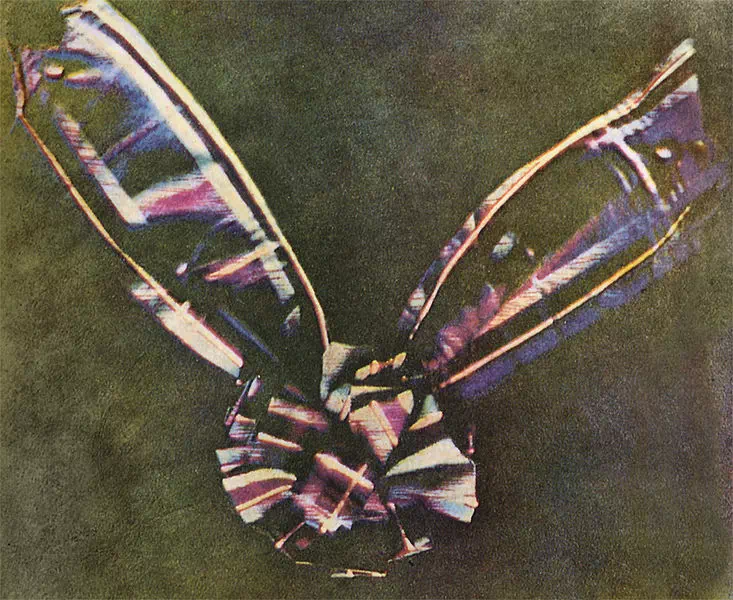
Before we give a straight answer to the question, let’s dig into some historical parts of color photography. In 1839, photography was first invented but it was black and white without any trace o color. Also, the process was complex, time-consuming, and expensive.
So for many years, the focus was only on making the photography easier rather than adding color to it. But the lack of color in photography did not satisfy people back then. So experiments were going on with colors and photography. An American daguerreotypist Levi Hill invented a method called “Hillotype” and began the era of color photography through it.
However, Hill’s method was not available to everyone as he kept it hidden. Now we know that the first person who invented color photography is a physicist, Gabriel Lippman. He did not use any dye or pigment for making the photos colored. But his process was complex as well and not easy for everyone to grasp.
In 1861 Scottish physicist James Clerk Maxwell invented brilliant and successful color photography where he proposed the idea of using three different filters red, green, and blue. The famous ‘tricolor ribbon’ image is the first color photo that he presented at the “Royal Institution” to support his theory in 1861.
The famous tricolor ribbon image by Maxwell
History of Photography Timeline:
The history of photography timeline can help you to go through all the major events that happened earlier which have created the path to today’s advanced photography.
➤ 5th century BC The discovery of the first basic pinhole camera by the Chinese philosophers.
➤ 4th century BC Aristotle further analyzes the process of pinhole image formation.
➤ 1021 AD Iraqi scientist Alhazen invented the technology of Camera Obscura.
➤ 1664-162 The discovery of white light composition through a prism by sir Isaac newton marks the beginning of understanding light.
➤ 1685 The idea of the portable box camera by Johann Zahn was not successful at that time.
➤ 1717 The discovery of the darkening effect of silver nitrate on light exposure by Johann Heinrich Schulze.
➤ 1816 The construction of a wooden camera with a microscope lens by Frenchman Joseph Nicephore Niepce.
➤ 1826 The invention of heliography by joseph Nicephore Niepce using bitumen.
➤ 1837 The collaboration between Joseph Nicephore Niepce and Louis Daguerre and the invention of the first photogenic process used mainly for portraiture until around 1850.
➤ 1837 The groundbreaking aerial photography by Gaspard Felix Tournachon tethered a balloon from 520 meters in Paris.
➤ 1861 The invention of the first color photography by the Scottish scientist James clerk maxwell.
➤ 1871 The proposal of using gelatin instead of glass for the material of the plate was given by Richard Maddox.
➤ 1878 The invention of the idea of motion pictures after Eadweard Muybridge captured a few sequences of movement successfully.
➤ 1884-1888 The invention of celluloid-based film and the portable camera was known as Kodak by George Eastman.
➤ 1926 Underwater photography in the Florida keys by dr. William Longley and Charles martin a national geographic staff photographers.
➤ 1948 The invention of the polaroid camera that functions instantly.
➤ 1959 The invention of the Nikon camera with the capacity of interchangeable components.
➤ 1975 The invention of the first digital camera by Steven Sasson from Eastman Kodak.
➤ 1991 The invention of the DSLR camera.
➤ 1999 The introduction of the concept of the mobile phone camera.
The end of the 1900s marks the transition from analog photography to more advanced and modern digital photography.
What Was the First Photo of A Person?
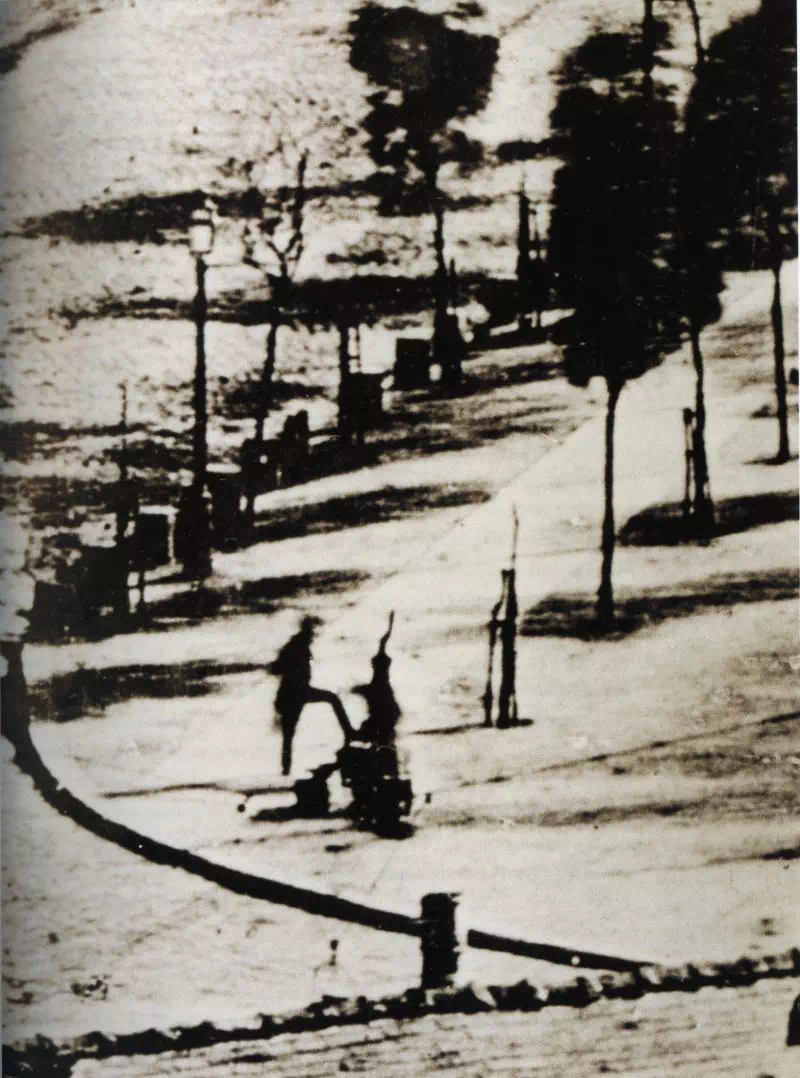
Louis Daguerre, in 1838 made the historical event of capturing the first-ever recognizable photo of any human being. It was a random capture in the street of Boulevard du Temple in Paris. Due to the 10 minutes of exposure time, the photo was blurry and not fixed properly. The image depicts a man getting his shoe polished by a boy. And it is regarded as the first photograph of a person.
Why Photography Is Important?
As we mentioned earlier, photography serves two purposes- communication and documentation. So the importance of photography is related to these two factors. If you want to learn in more detail, we are giving you 10 reasons why photography is important.
01 Keeps Your Memory: Undoubtedly photography preserves your memorable days like weddings, birthdays, the growth of your baby, the loved ones of your life and so many other events. We all love to watch the photographs that we took many years ago and that brings a smile to our faces for sure.
02 Helps in E-Commerce: If you run an e-commerce business, the importance of photography is not unknown to you. the images of the products are the only way a customer can experience your products. Without any image, no one is going to trust a seller online. It helps you to find potential customers as well as makes you a trustable seller.
03 Makes History: Perhaps you have come across any historical photos of different important events. Without the photos, they can influence us a little only. We love to see rather than read any event. So photography makes history and possesses a timeless appeal in doing so.
04 Raises Awareness: Influential photos of historical events or climatic change can leave a powerful impact on people’s minds. The genocide, the horror of war, the famine, the cyclone, etc touch us differently when we see the sufferings of the people through photographs. They become iconic, timeless, and influential worldwide.
05 In Scientific Fields: Photography is important for many scientific projects and experiments for learning, experimenting, and exploring. Astronomy is heavily dependent on photography. Zoologists, and animal life researchers all use photos for their study and research. The human eye cannot see all the things and there comes photography as the rescuer.
06 Has Aesthetic Value: Similar to paintings, photography has aesthetic value as well. The surreal image of sunset, a flying bird, and the wide-angle landscape images charm us and please our eyes. A beautiful image requires skill and the right eye to maintain beauty in the image. So photograph has an aesthetic appeal and it keeps us entertained.
07 Medium of Education: Photography helps in education as well. It brings the wide world closer to you. it can effectively play an important role in schools, research, and other educational sectors. It increases creativity, and imagination and develops the skill of self-exploration. Any complex subject becomes much easier when you look at the image of it.
08 Serves as A Hobby: At present, a vast number of young people are practicing photography as their hobby. And why not? It is entertaining, refreshing, and adventurous. You can explore the world around you through photography. Gradually you will grow experience and develop advanced skills in photography. And if you are truly passionate about it, you can become an amateur photographer as well.
09 An Amazing Career: Photography can help you collaborate between passion and profession. You can take photography as your full-time career option. The demand for photographers is always quite high now that every sector of business is heavily dependent on it. If you don’t want to go for traditional jobs, you can stick to photography and earn handsome money through it.
10 Keeps the Mind Fresh: Last but not least. Photography takes care of your mental health. It is an activity of creativity and fun. So it keeps your mind fresh and cheery. It teaches you patience and endurance as well. Photography connects you with nature and develops meditation inside you. So you never get bored or anxious.
Types of Photography?
The scope of photography is vast therefore there are different types of photography as well. Here we will discuss briefly the major types of photography.
Abstract Photography

Abstract photography is hard to define but easy to feel. It is conceptual and experimental. It does not represent r depict any physically meaningful object rather it provokes feelings, senses, and impressions. Colors, patterns, and shapes play vital roles in abstract photography. It can be both indoor and outdoor.
Architectural Photography
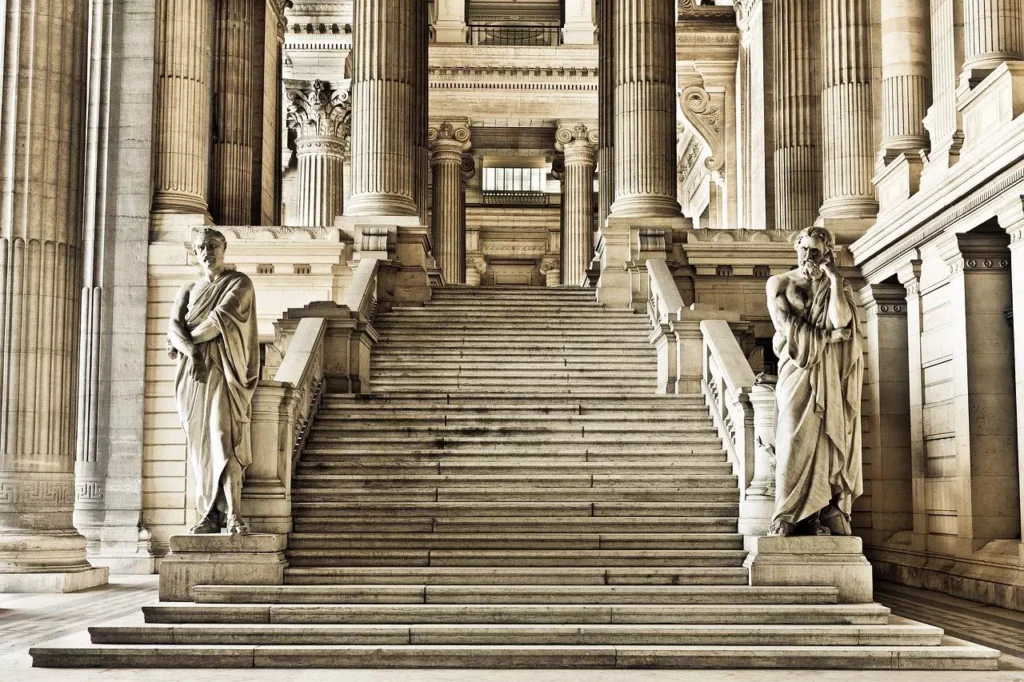
Architectural photography focuses on the interior or the exterior of any architecture. Here, the aim is on the clear representation of the subject, not forgetting its beauty of it. Here you don’t simply capture a subject but keep a perspective so that the image becomes meaningful and relevant.
Landscape Photography
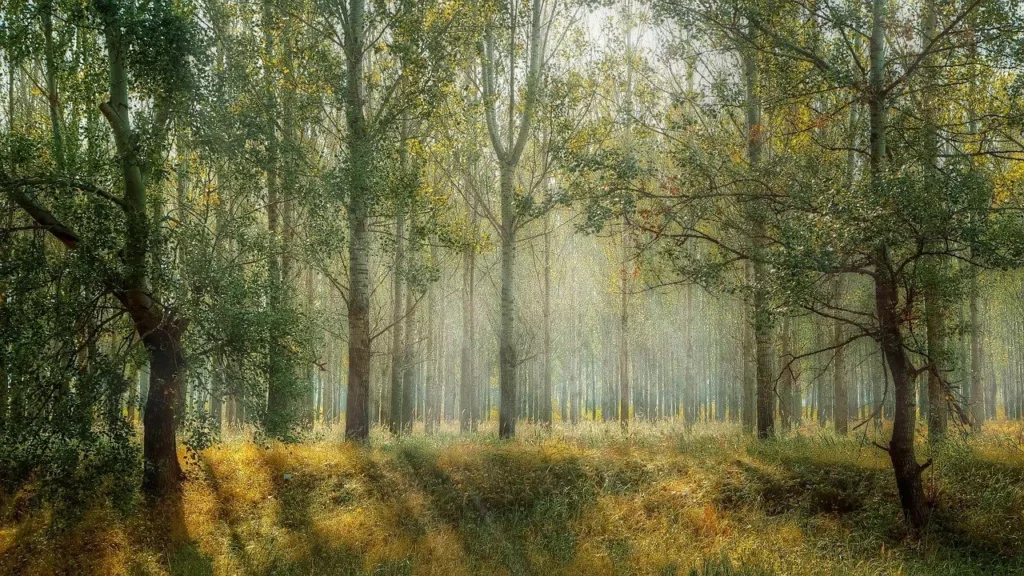
Landscape photography refers to the images you capture focusing on trees, forests, mountains, the ocean, and other natural subjects. It is mostly outdoor photography. Through this photography, you represent beautiful nature, the climatic conditions, wildlife, and so many other things. It is one of the most practiced photographic genres as everyone loves to capture nature with their cameras.
Event Photography

Different events like birthdays, weddings, anniversaries, Christmas, etc give you the perfect time to capture amazing photos. They perverse memory and give you a reason to smile. That is why event photography is so demanding. You can be an armature as well as a professional event photographer and make money. Candid photography is one sub-genre of it.
Fashion Photography
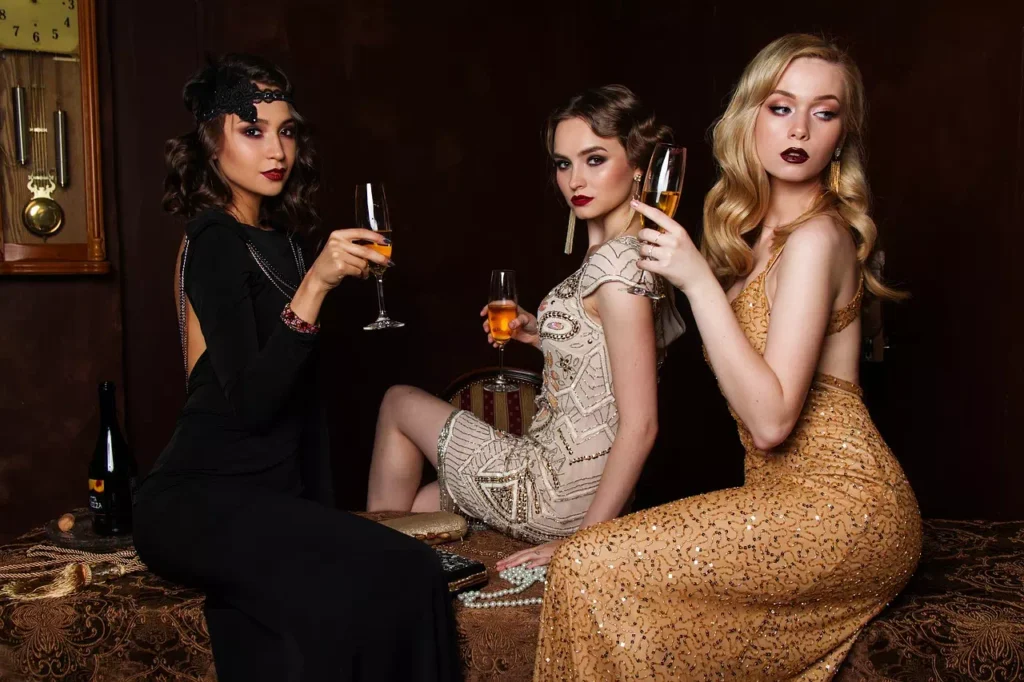
The history of fashion photography is quite old. It is ruling the market since the mid-1800s. This particular photography takes subjects such as models, clothing, fashion accessories, runway, etc. as a fashion photographer you need good quality equipment to dive into the glamorous world. These photos are used for portfolios, magazines, newspapers, and tabloids.
Family Photography

Family photography means capturing different family events including candid and newborn photography. They have both emotional and aesthetic value. Such photography is commissioned by a family who wants a photographer to capture beautiful images of their family members and memories. You focus on perspectives so that the images not only show people but represent their bonding, love, and feelings for each other.
Fine Art Photography
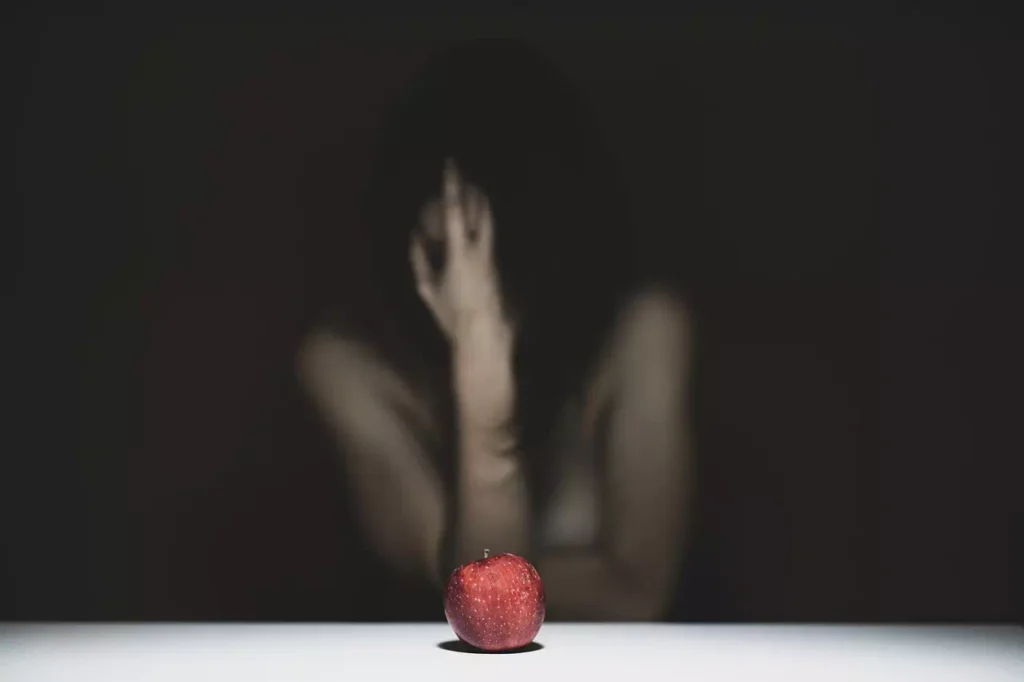
Fine art is a different type of genre in photography where the subject is not an object but a concept, perspective, idea, or message. It is more creative and aesthetic than any other genre of photography. It is closely related to photojournalism and fashion photography but the main focus is on perspectives.
Lifestyle Photography

Lifestyle photography is the practice of capturing the daily life of any subject. It is modern and experimental. Here you need to keep things as natural as possible. Lifestyle photography shows the representation of life and activities of people at that particular time. In this way, they become historical and timeless later on.
Macro Photography

Macro photography focuses on capturing close-up images which are 10times bigger than what we see with our naked eyes. Popular subjects are insects, flowers, stems, fabrics, texture, and many other small objects. A macro lens is required for macro photography as ordinary lenses cannot capture extremely close-up images.
Portrait
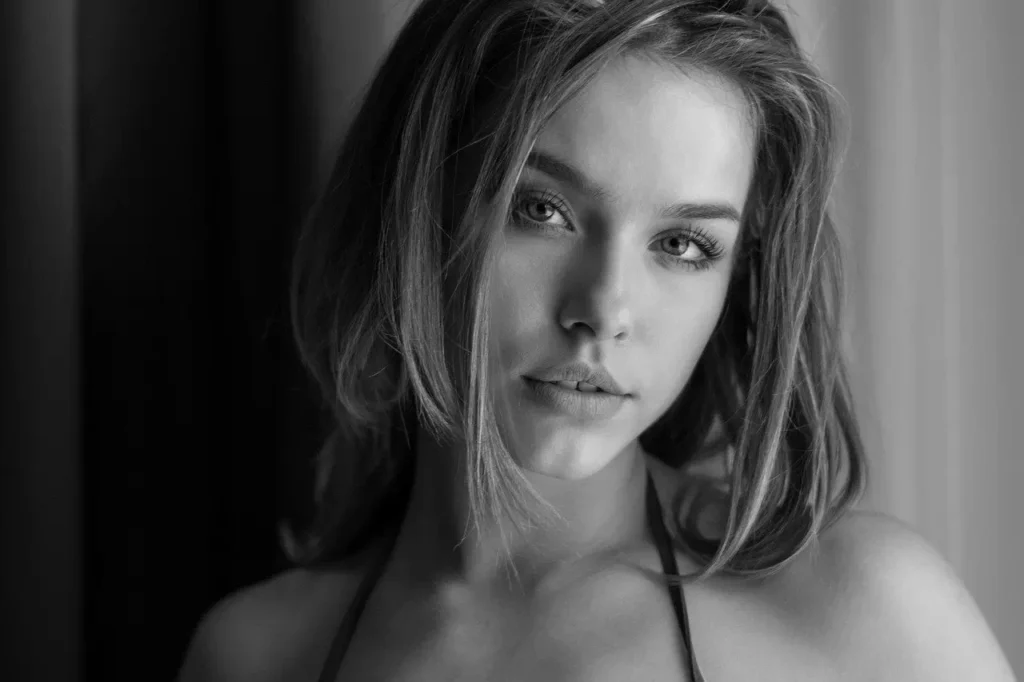
Portrait photography is the practice of capturing portraits of a subject. Generally, the subject is a person or even a group of persons. Self-portraits, headshots, and silhouettes are closely connected with portrait photography. However, this genre of photography is simple and commonly practiced by almost everyone. But if you want to be as flawless as a professional, you must require certain gears and skills.
Smartphone Photography
Smartphone photography is capturing images with your android phone or iPhone. Since Smartphone is always with us, photography with it is way too easier and more convenient. It is portable and handy and you literally go anywhere with it without worrying about the hassle of carrying a camera. So you can take images of the world around you from portrait to landscape.
However, at present Smartphone cameras are not any less compatible with photography. They can run powerfully and side by side with a DSLR camera. In fact, for some platforms like web pages, images taken by a Smartphone camera do not need resizing. So if you have a Smartphone you can start taking photos with it and be a master in no time.
What and Why Is Photography Editing?
To create stunning images, photo shooting is not sufficient. You have to go through the process called photo editing or image manipulation or post-processing to achieve the best quality image. Photo editing means bringing some changes into the photo through a digital medium known as the photo editor.
So what are the changes? Some general editing options are cropping, resizing, adjusting brightness, maintaining contrast, sharpness, etc. other advanced editing features are adding special effects, background removal, color correction, and a lot more other things. These features make the image visually beautiful and professional for use on platforms like e-commerce, social media, websites, etc.
But why is it necessary? Well, no matter how much effort you put in your photo hooting, raw images are not compatible with e-commerce and web pages. Because they end up having unnecessary background stuff, color problems, yellow hue, and many other flaws.
To make the image flawless and suitable for all digital platforms you cannot help going for photo editing. It is mostly unavoidable for those who run an e-commerce business. Photo editing helps them create branding and spread their name. Also, it gives you a second chance to correct any flaws in your images. In a word, good photography is heavily dependent on photo editing and that is for good reasons.









